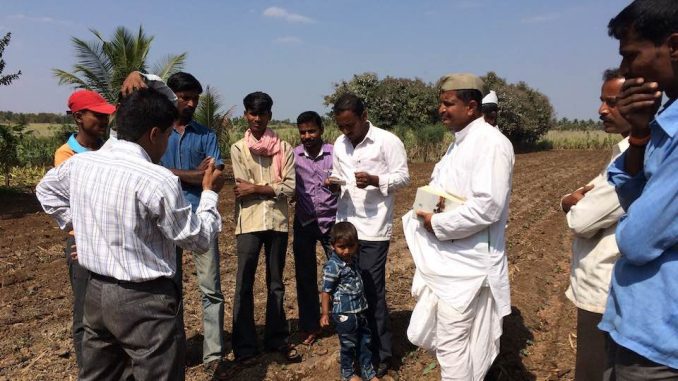
By Sharada Balasubramanian
The Odanthurai village council in southern Tamil Nadu has shown how a Panchayati Raj institution can achieve holistic rural development with the help of wise leadership and community participation
Coimbatore: Odanthurai panchayat, which had virtually no development prior to 1996, saw dramatic changes after a panchayat president, R. Shanmugam, worked on access to basic facilities — water, energy and housing. The villagers, who were living in abject poverty, were uplifted over a decade through a host of development schemes.
Houses were built for people, and in a decade, the villages were declared hut-less, had continuous water supply, nightlights and good roads. Odanthurai, now a model panchayat, shows how an honest, corruption-free administration can bring development, and how other villages can follow this model.
Vijayalakshmi, a 48-year-old woman from Oomapalayam village in the Odanthurai Panchayat, 40 km from Coimbatore, remembers the day where her daughter, who was in class VI, travelled for a long distance to school. “There was only an elementary school in the village,” she told VillageSquare.in. “Later, a bus service was arranged by the panchayat so that rural children could go to Mettupalayam and continue their schooling.”
“Since children used to travel almost 10 km to attend school, there were many dropouts,” Shanmugam, former panchayat president of Odanthurai, told VillageSquare.in.
Development took a paradigm shift in this village council after Shanmugam won the local elections as an independent candidate in 1996. About 10 villages are under this panchayat.
Water for all
“When I joined as the panchayat president, there was zero development,” Shanmugam said. “Only one village had drinking water. My immediate step was to ensure all the villages received water supply.”
After Shanmugam joined, bore wells were cleaned. “We passed a resolution for building overhead tanks. In summer, there could be water deficit as bore wells may go dry,” he told VillageSquare.in. We have the perennial Bhavani River here, so we thought, why not tap this water and supply to the villages here?”
In 1998, the panchyat gave a proposal to the government. Shanmugam says, “The government said that it was not possible to disburse funds of this large a scale for just one panchayat.”
In 1999, when the national rural drinking water program, the district collector told Shanmugam that their proposal could be submitted if money was pooled from the community. This was a community participation scheme, where 10% of the contribution was to be from the community and 90% from government of India. The World Bank supported this initiative.
“A meeting was arranged with the villagers. The community contributed Rs 4.8 lakh, and we received Rs 480 lakh from the government,” Shanmugam said. “Villagers gave whatever they could — Rs 100, Rs 500. People who had more money contributed more.”
Source: Village Square

Leave a Reply